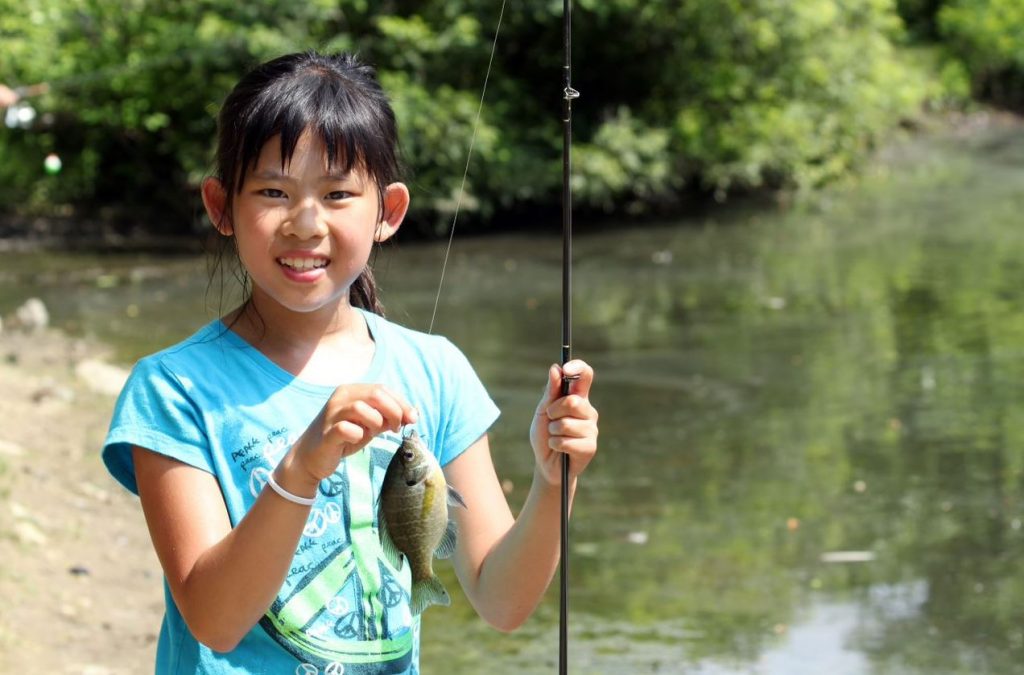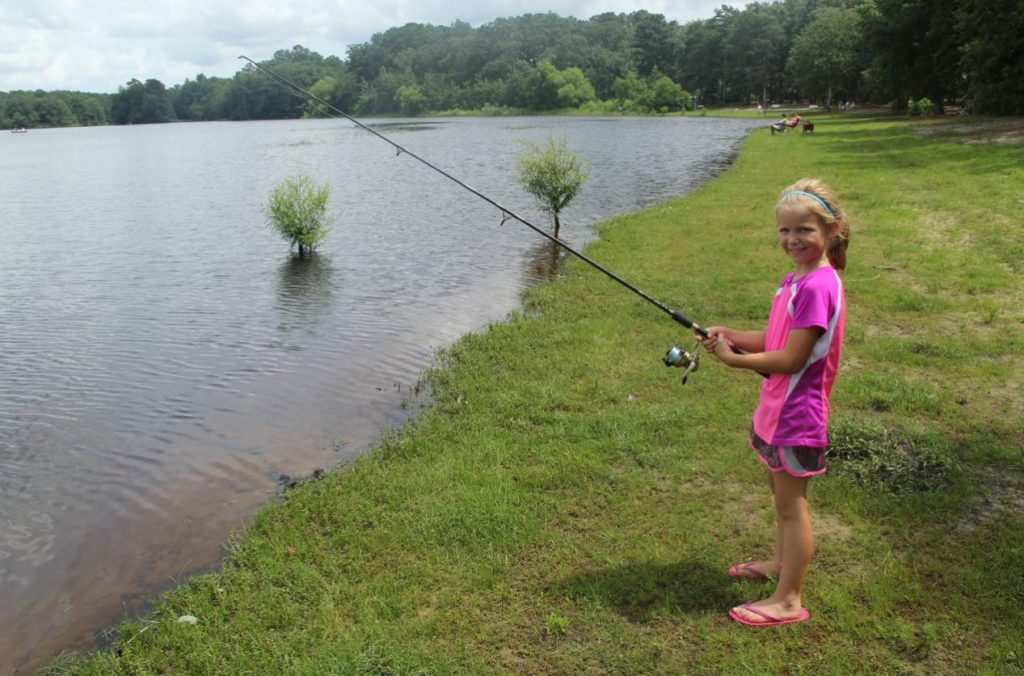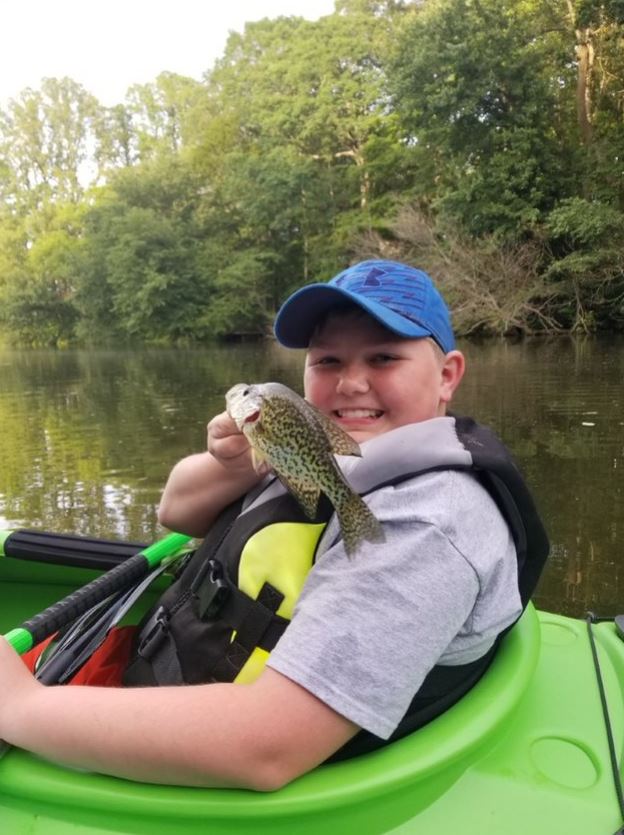By Jordan Zimmerman
 The earlier we’re introduced to the outdoors the more likely we’re to include outdoor recreation into our everyday lives as adults. Researchers have found that getting outside, even for as little as five minutes at a time, improves mood and self-esteem.
The earlier we’re introduced to the outdoors the more likely we’re to include outdoor recreation into our everyday lives as adults. Researchers have found that getting outside, even for as little as five minutes at a time, improves mood and self-esteem.
Fishing is a great activity for young people to jump-start interest in the natural environment. The Delaware Department of Natural Resources and Environmental Control’s staff agrees there is no time like the present to encourage the next generation of environmental stewards.
As a father I have found that there are two options when it comes to fishing – I can go fishing or I can take the kids fishing. Generally, overseeing, instructing, and helping children learn, and become proficient at fishing often does not leave time for the adult to fish themselves.
The differences in skill levels between young and old can make it difficult to find an option that fits the entire family. I have to temper my expectations for an excursion and allow time for the inevitable baiting, unhooking and picking backlashes from reels. However, I have found that it is all extremely worthwhile when I witness the pure joy of a “nice catch” or simply the feeling of assurance that my offspring will be better off for the experience, and of course, just plain having fun.
Here are four suggestions that may help hedge your bets for a successful outing.

Bank or shore-based angling puts you within reach of the preferred habitat of most freshwater fish – brush piles, lily pads, and slight drop-offs that many species congregate around. It also eliminates the responsibility of trailering a boat, which adds more time to your outing.
Bank fishing also provides an alternative in the event the fish are not cooperating that particular day. Maybe what starts out as a fishing trip evolves into a game of catch with a football or even a nature walk that can be just as gratifying. When I was little and the fishing slowed, my father always made time to walk along the shoreline to look for critters, such as colorful dragonflies, frogs and turtles. He even taught me to skip stones across the water on a fishing trip to a local pond, all of which produced lifetime memories.
 Keep it simple for younger, less-experienced anglers. Kids as young as three years old usually have the motor skills to handle a bamboo “cane” pole. Rarely is it necessary to employ mechanized reels and make long casts to get your bait around fish.
Keep it simple for younger, less-experienced anglers. Kids as young as three years old usually have the motor skills to handle a bamboo “cane” pole. Rarely is it necessary to employ mechanized reels and make long casts to get your bait around fish.
Earthworms, crickets and grasshoppers make terrific bait for fish of all sizes and are typically available in your backyard or a local park. Capturing these creepy crawlers also provides a fun experience for youngsters, lending to the overall enjoyment of the outing. As your children become more proficient with their fishing skills, incorporate top-water floating plugs and baits as few things are more exciting than fish blowing up on a surface bait.
A trophy catch provides a memory that no kid will forget but try not to sacrifice an opportunity to catch many smaller fish in pursuit of the big one. As we age, we tend towards the “bigger is better” mentality but for the youth angler, often it’s the number of fish, the continuous action, that keeps them interested.
Hopefully these tips will help your young anglers have success and foster their inherent passion for the outdoors. The greater the love they gain for the natural environment, the happier they will be and the more likely they will protect it for the next generation.
Jordan Zimmerman is a fisheries biologist with the DNREC Division of Fish and Wildlife.